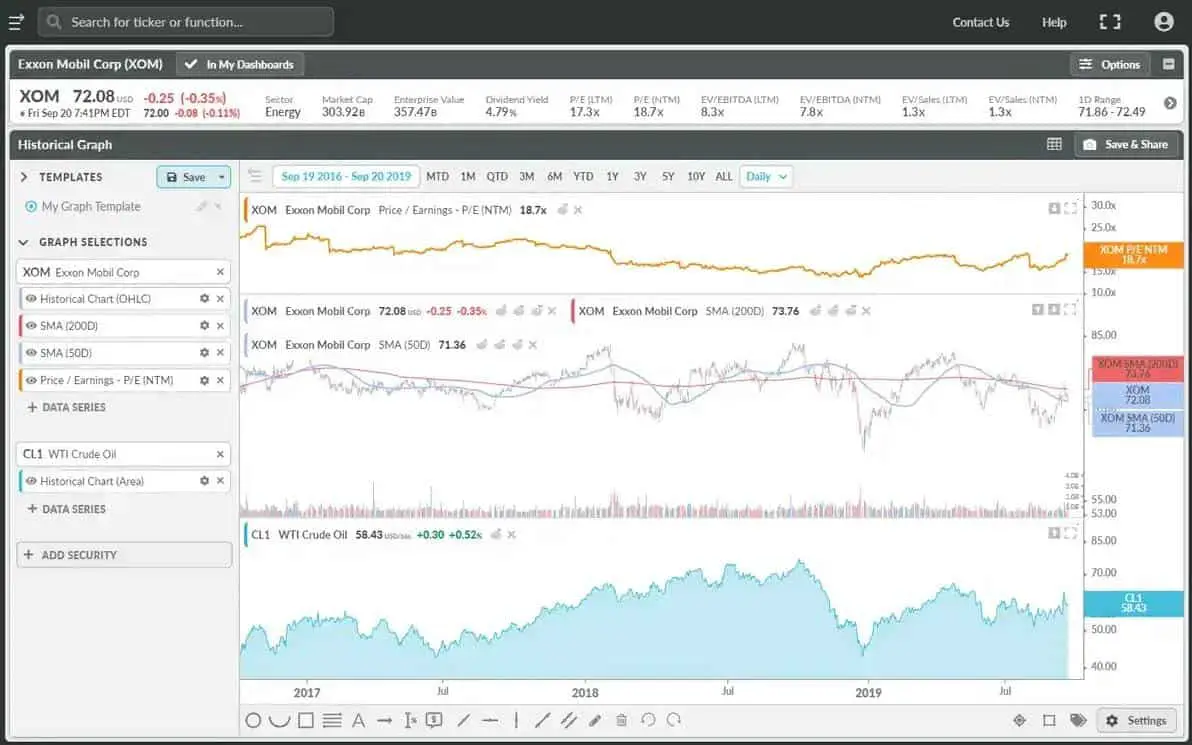


OpenStack was a response to some of the cloud computing concepts pioneered by AWS, but designed for and by tech vendors catering to companies that thought they still wanted to manage their own data centers. It also began to organize its applications around a service-oriented architecture, building its own middleware that was similar to an open-source called gRPC released by Google in 2015 that brought the concept of microservices to a larger audience.Īnd on the hardware side, Bloomberg made a big bet on OpenStack, which over the years has become an example of how not to run an open standards organization. It built a new user interface in JavaScript that ran server-side with "a lightweight toolkit" running on the client side, years before node.js simplified the process of running JavaScript - the most popular programming language running the last eight years, according to Stack Overflow - on both the server side and client side of an application, Edwards said. That original system was written in Fortran, a programming language that predates COBOL, but modified in C++ around the time Edwards joined the company 17 years ago, he said.Īround that time, Bloomberg made several other changes to its underlying infrastructure that would eventually become blueprints for future distribution computing applications.
#Bloomberg terminal free trial professional#
The Terminal is basically the popular shorthand for Bloomberg Professional Services, the arm of the company that sources real-time trading data from stock exchanges around the world and feeds it to traders and investors desperate for an edge. "Chuck Zegar and Tom Secunda, two of the founders along with Mike Bloomberg, they had built kind of a web model before the web."įirst released in 1982 for Merrill Lynch, Bloomberg's centralized computing model in New York powered what we now know as "the Terminal," the source of the lion's share of Bloomberg's revenue and profit. "Bloomberg always had a modern architecture," Edwards said. A cloud before the cloudīloomberg rolled its own technology from the very beginning. The result is a sprawling array of enterprise tech that gives over 6,000 Bloomberg engineers the infrastructure to manage 200 billion messages a day containing market-moving information. "We're big believers in evolution, instead of always having to write something brand new and have to take it over," Edwards said. It has worked extensively with AWS to offer services through the cloud giant to customers that want to work on the cloud, and has embraced new ideas such as containers and Kubernetes alongside systems that have been running for over a decade. It built its own private network to serve those customers - institutional investors, hedge funds, large banks - long before the cloud providers were operating at their current scale, because "some things don't lend themselves to the public web," he said.īut that doesn't mean Bloomberg is ignoring modern enterprise computing trends. The bulk of the services offered by Bloomberg's financial empire run inside company-managed data centers filled with "highly tuned" Linux servers refined over the years to deliver a huge amount of real-time data to its customers, said Shawn Edwards, Bloomberg's chief technology officer in a recent interview with Protocol. But Bloomberg, at the heart of the world's financial system, wouldn't have it any other way. There aren't a lot of companies that can credibly claim to be world-class tech infrastructure builders on par with the cloud giants.


 0 kommentar(er)
0 kommentar(er)
